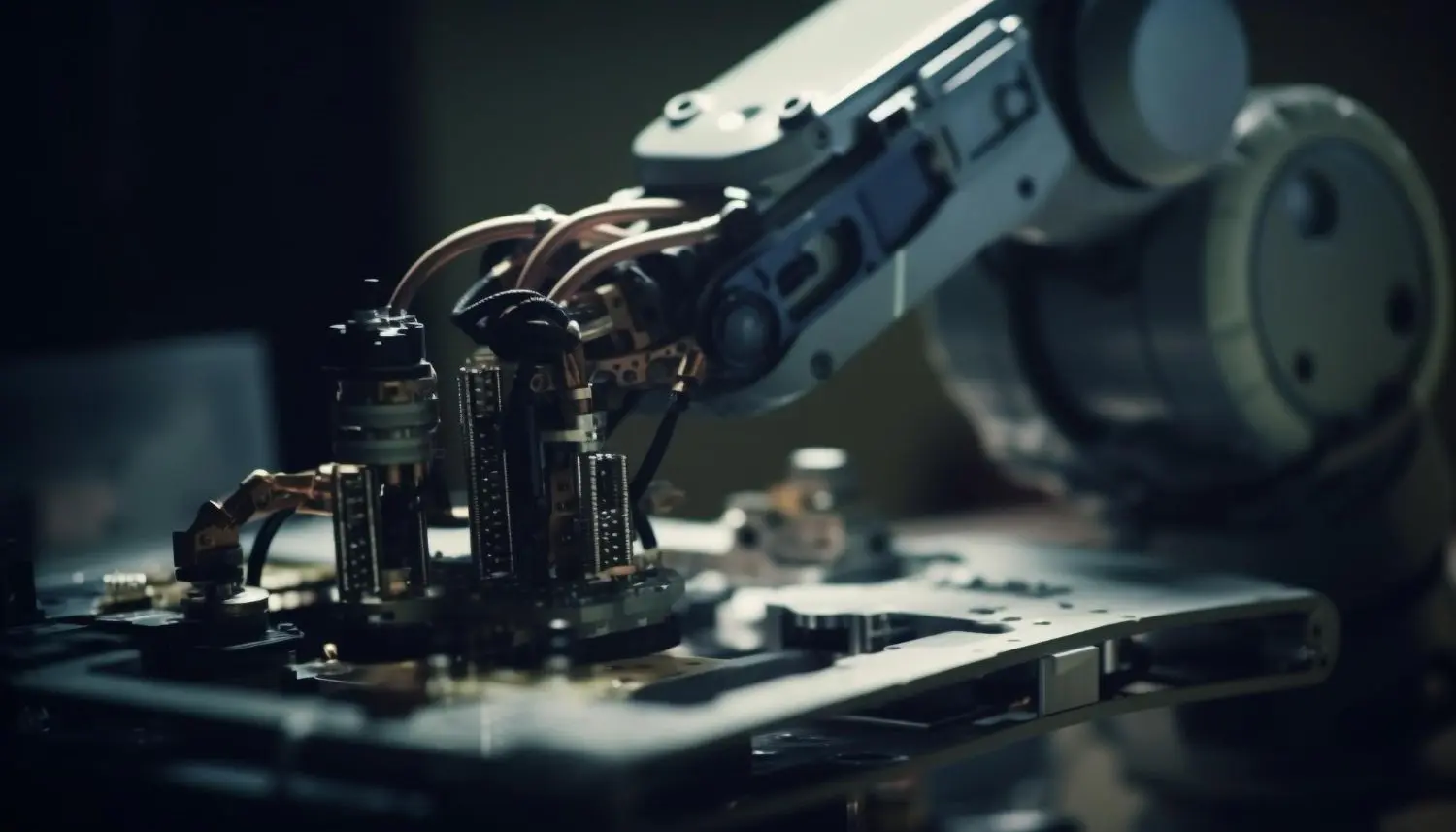
As industries continue to embrace automation, collaborative robots, or cobots, have emerged as valuable assets in various sectors. These robots work alongside human operators, assisting in tasks that require precision, speed, and consistency. However, to fully leverage the potential of cobots and maximize their effectiveness, organizations need to implement advanced techniques and strategies. In this article, we delve into the intricacies of cobotics and explore advanced methods to enhance their performance and efficiency.
Understanding Cobots
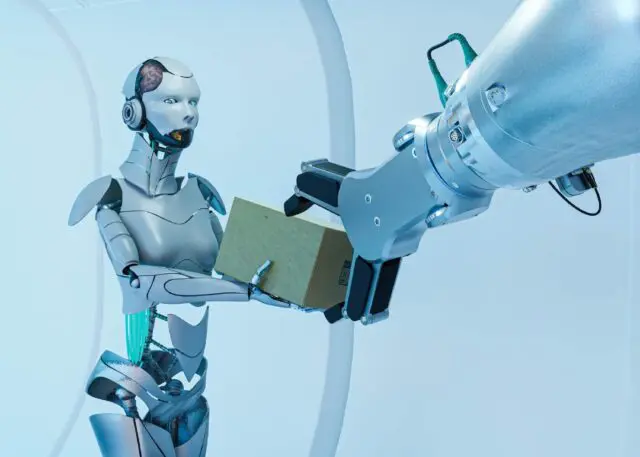
Cobots represent a new paradigm in robotics, designed to collaborate with humans in shared workspaces. Unlike traditional industrial robots, cobots possess advanced sensors and safety features that enable safe interaction with humans. These robots can come in various types, including stationary, mobile, and dual-armcobots, each suited for specific applications across industries such as manufacturing, healthcare, and logistics. Though they are lightweight and small, they can operate just well and can make great factory robots for businesses of all sizes.
Key components of cobots include sensors, actuators, controllers, and end-effectors. These components work together to enable precise motion control, perception, and manipulation of objects. Cobots leverage advanced technologies such as computer vision, force sensing, and artificial intelligence to adapt to dynamic environments and perform complex tasks.
Advanced Cobotic Technologies
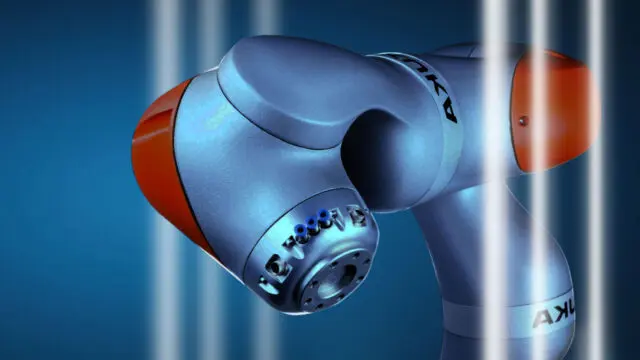
To enhance cobot effectiveness, organizations are integrating advanced technologies into their robotic systems. Sensor technologies play a crucial role in improving perception and enabling cobots to sense and respond to their surroundings accurately. Lidar, depth cameras, and tactile sensors allow cobots to detect obstacles, avoid collisions, and interact safely with humans.
Artificial intelligence (AI) and machine learning (ML) are transforming cobots into intelligent systems capable of learning from experience and optimizing their performance. AI-powered algorithms enable cobots to analyze data in real time, predict future outcomes, and make autonomous decisions to improve efficiency and productivity.
Advanced end-effector designs further enhance cobot versatility and adaptability to various tasks. Grippers with adjustable fingers, suction cups, and specialized tools enable cobots to handle a wide range of objects with precision and dexterity. Customizable end-effectors allow organizations to tailor cobots to specific applications, such as assembly, pick-and-place, and quality inspection.
Optimization of Cobotic Workflows
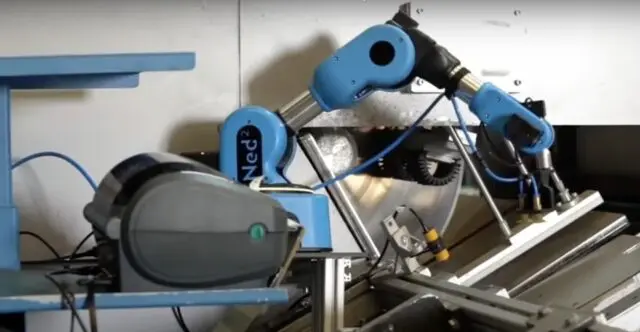
Optimizing cobotic workflows is essential for maximizing efficiency and productivity in industrial settings. Workflow analysis techniques help organizations identify bottlenecks, inefficiencies, and opportunities for automation. By analyzing task sequences, cycle times, and resource utilization, organizations can streamline workflows and allocate tasks effectively between humans and cobots.
Collaborative task allocation strategies ensure that humans and cobots work together seamlessly to achieve optimal outcomes. By assigning tasks based on each agent’s strengths, capabilities, and preferences, organizations can leverage the complementary skills of humans and cobots to enhance overall productivity. Adaptive planning and scheduling algorithms enable dynamic task allocation and resource optimization in response to changing conditions and priorities.
Integration with existing manufacturing systems is critical for seamless operation and interoperability in industrial environments. Cobots can be integrated with programmable logic controllers (PLCs), supervisory control and data acquisition (SCADA) systems, and enterprise resource planning (ERP) software to enable data exchange, coordination, and synchronization with other manufacturing processes.
Enhancing Cobotic Performance
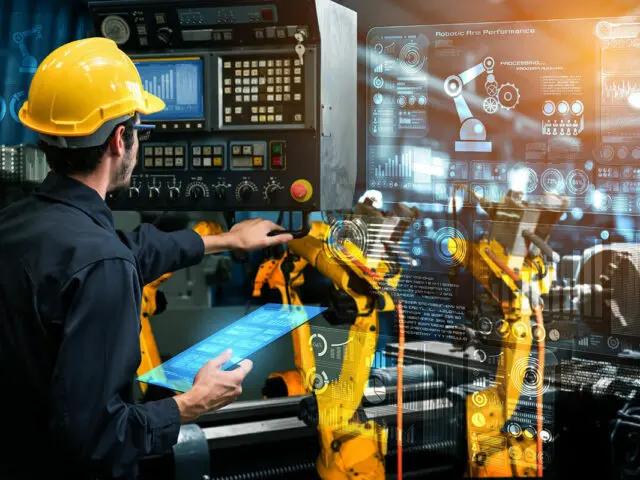
Maintaining cobotic performance is essential for sustained productivity and operational efficiency. Predictive maintenance strategies leverage sensor data and AI algorithms to monitor cobot health, detect potential failures, and schedule maintenance activities proactively. By identifying and addressing issues before they escalate, organizations can minimize downtime and extend cobot lifespan.
Real-time monitoring and feedback mechanisms enable organizations to track cobot performance metrics, such as cycle time, throughput, and error rates, in real-time. By monitoring key performance indicators (KPIs) and identifying performance trends, organizations can identify opportunities for optimization and continuous improvement in cobotic workflows.
Optimization of motion control and trajectory planning is crucial for achieving precise and efficient cobot movements. Advanced motion control algorithms enable cobots to execute complex trajectories with high accuracy and speed while minimizing energy consumption and wear on mechanical components. By optimizing motion control parameters such as acceleration, velocity, and path planning, organizations can improve cobot performance and throughput.
Human-Cobot Collaboration Strategies
Effective collaboration between humans and cobots is essential for maximizing productivity and safety in shared workspaces. Ergonomic design considerations ensure that cobots are ergonomically designed to minimize physical strain and fatigue on human operators. By optimizing reach, visibility, and accessibility, organizations can create a comfortable and safe working environment for human-cobot collaboration.
Training and skill development programs are essential for equipping human operators with the knowledge and skills to work effectively with cobots. Hands-on training sessions, virtual simulations, and online courses enable operators to familiarize themselves with cobot operation, programming, and maintenance. By investing in training and skill development, organizations can ensure that human operators can maximize the potential of cobots and contribute to overall productivity and efficiency.
Conclusion
In conclusion, advanced cobotic techniques and strategies are essential for enhancing the effectiveness and efficiency of collaborative robots in various industries. By leveraging advanced technologies, optimizing workflows, and fostering collaboration between humans and cobots, organizations can maximize productivity, quality, and safety in shared workspaces. Real-world case studies, best practices, and future trends provide valuable insights into the potential of cobotics to transform industries and society. As cobotic technologies continue to evolve, organizations must embrace innovation, collaboration, and continuous improvement to stay competitive in the digital age.













